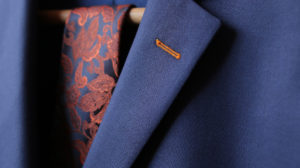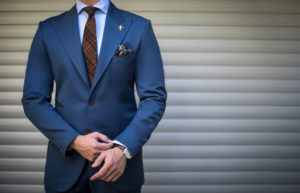Seersucker
Cotton, rayon, or nylon crepe-stripe effect fabric, made on plain—weave variation, crepe weave. Light in weight. Colored stripes are often used. Uses are in summer clothing, boys’ suits, slacks, bedspreads, and slip covers. Launders very well, not necessary to iron; durable and gives good service and wear. Crepe effect is permanent; a popular knockabout cotton […]
Shearing
The operation of leveling the nap on cloth is much used in the woolen and worsted trades, as well as in the case of certain cotton fabrics. Shearing regulates the height of the nap or protruding fibers found on the surface of goods. The machine used may have one or two shear blades or more. […]
Tweed
A rough—surfaced woolen material with a homespun surface effect. Tweed was originally made by hand in the homes of the country people near the Tweed River which separates England from Scotland. Yarn is usually dyed before weaving, and often woven in two or more colors to obtain some sort of pattern, check or plaid. Tweed […]
Wool
Strictly speaking, the fibers that grow on the sheep fleece. The Textile Fiber Products Identification Act of 1960 states that wool means the fiber from the fleece of the sheep or lamb, or the hair of the Angora or Cashmere goat (and may include the so-called specialty fibers from the hair of the camel, alpaca, […]
Worsted
Popular class of cloths made of choice woolen stock using fibers of approximately the same length in staple. The process of making worsted cloth originated in the little village of that name in Norfolk County, England. Today, the procedure of making worsted cloth has changed somewhat because of the improvement in up-to—the—minute modern machinery. The […]





